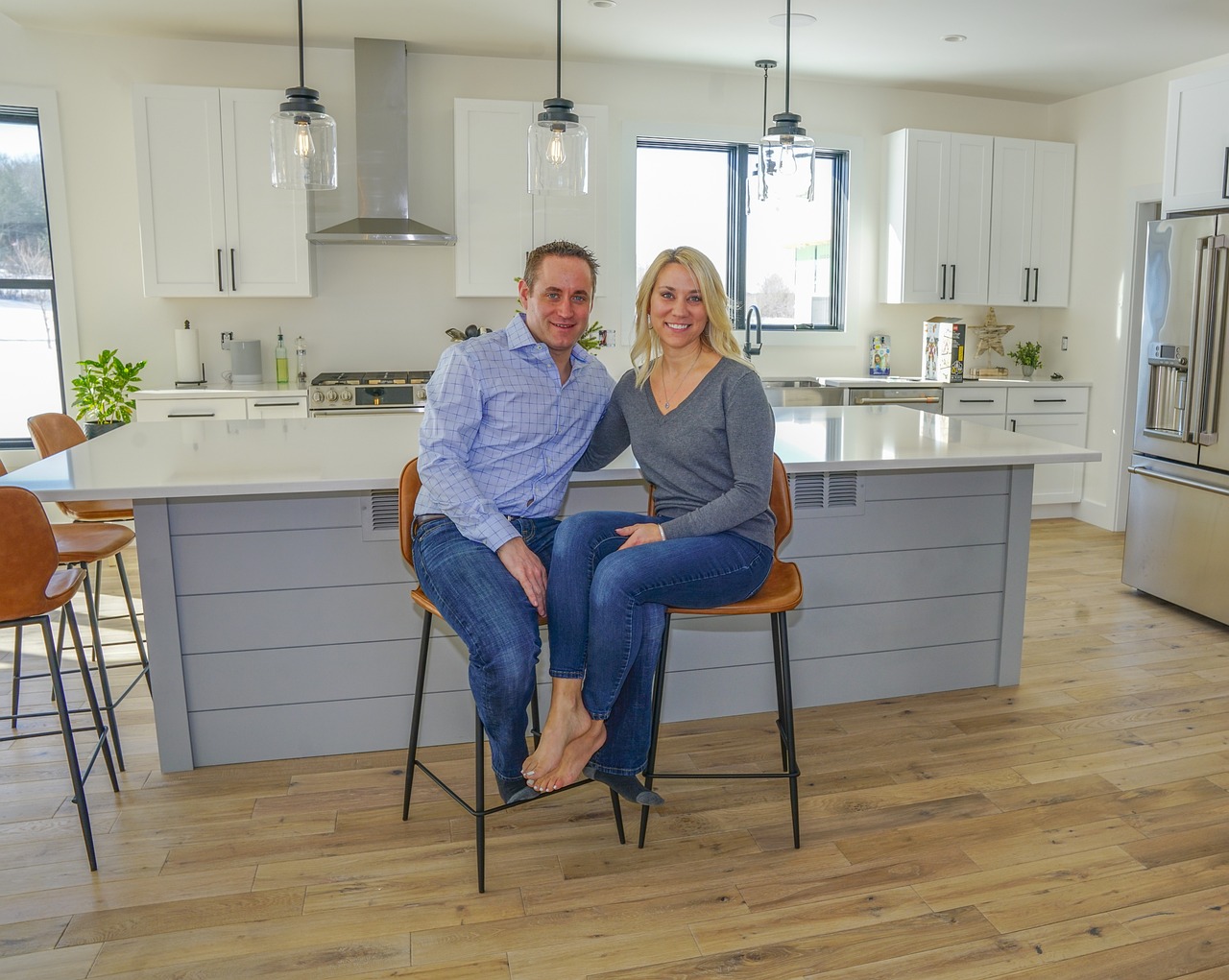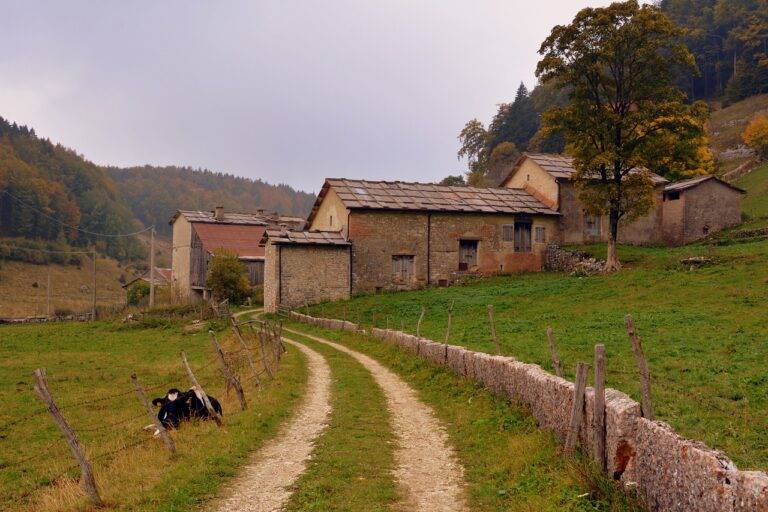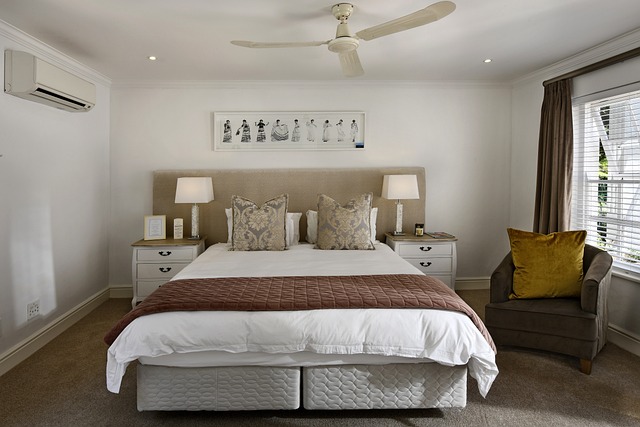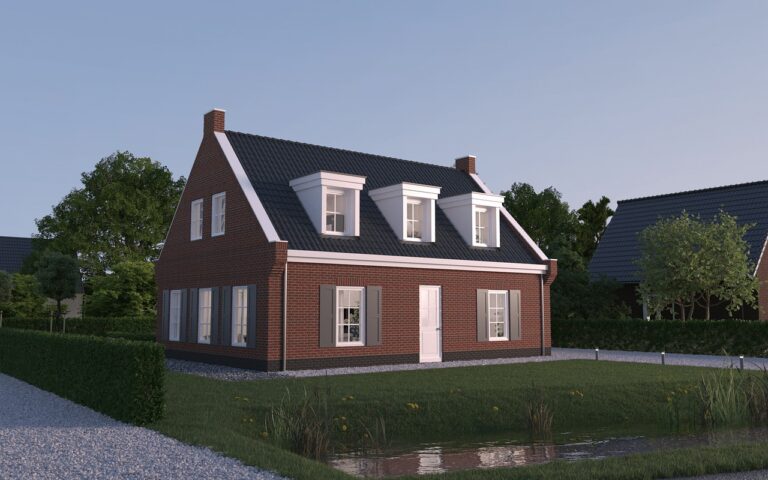Adapting Historic Homes for Energy Efficiency
golden exchange id, cricbet99 register, king casino 567:Adapting historic homes for energy efficiency can be a challenging but rewarding endeavor. These homes often have unique architectural features and materials that make them special, but they can also be inefficient when it comes to energy usage. With some careful planning and strategic upgrades, you can make your historic home more energy-efficient without compromising its character and charm.
Assessing Your Home’s Energy Efficiency
Before making any changes to your historic home, it’s essential to assess its current energy efficiency. This can help you identify areas that may need improvement and prioritize your projects. Start by conducting a home energy audit, which can help you pinpoint specific areas of energy waste, such as drafts, poor insulation, or outdated HVAC systems.
1. Hire a Professional to Conduct a Home Energy Audit
– A professional energy auditor can provide a comprehensive assessment of your home’s energy efficiency and recommend specific upgrades to help you save energy and reduce utility bills.
2. Identify Areas of Energy Waste
– Look for drafts around windows and doors, inadequate insulation, old appliances, and inefficient heating and cooling systems. These are common culprits of energy waste in historic homes.
Upgrading Insulation and Sealing Drafts
One of the most significant sources of energy waste in historic homes is poor insulation and drafts. Addressing these issues can make a significant difference in your home’s energy efficiency.
3. Upgrade Insulation
– Consider adding insulation to your attic, walls, and floors to help retain heat in the winter and cool air in the summer. Choose insulation materials that are appropriate for historic homes and won’t compromise their integrity.
4. Seal Drafts
– Use weatherstripping and caulk to seal gaps around windows and doors to prevent drafts and reduce heat loss. This simple and inexpensive upgrade can make a big difference in your home’s comfort and energy usage.
Updating Heating and Cooling Systems
Old heating and cooling systems can be inefficient and costly to operate. Consider upgrading to more energy-efficient options to improve your home’s comfort and reduce energy consumption.
5. Install a High-Efficiency HVAC System
– Replace your old furnace or air conditioner with a high-efficiency model to reduce energy usage and lower utility bills. Make sure to properly size the system for your home’s needs.
6. Consider Zoned Heating and Cooling
– Zoned HVAC systems allow you to control the temperature in different areas of your home separately, saving energy and improving comfort. This can be especially beneficial in larger historic homes with multiple rooms.
Utilizing Energy-Efficient Lighting and Appliances
Lighting and appliances are significant energy consumers in any home. By upgrading to more energy-efficient options, you can reduce your home’s energy usage and save money in the long run.
7. Switch to LED Lighting
– LED bulbs use significantly less energy than traditional incandescent bulbs and last much longer, making them a cost-effective choice for historic homes. Consider installing dimmer switches to further reduce energy usage.
8. Upgrade to Energy-Efficient Appliances
– Replace old appliances, such as refrigerators, dishwashers, and washing machines, with ENERGY STAR certified models that are more energy-efficient. Look for appliances that are appropriately sized for your household’s needs.
Incorporating Renewable Energy Sources
Consider incorporating renewable energy sources, such as solar panels or geothermal heating, into your historic home to further reduce your energy consumption and environmental impact.
9. Install Solar Panels
– Solar panels can help offset your home’s energy usage and reduce your reliance on the grid. Historic homes can benefit from solar energy without compromising their architectural integrity.
10. Consider Geothermal Heating and Cooling
– Geothermal systems use the stable temperature of the earth to heat and cool your home, providing a sustainable and energy-efficient alternative to traditional HVAC systems. This can be a great option for historic homes with limited space for ductwork.
Maintaining Historic Integrity
When making energy-efficient upgrades to your historic home, it’s essential to preserve its unique character and architectural features. Work with professionals who have experience in historic preservation to ensure that any changes meet preservation guidelines and maintain the home’s integrity.
11. Work with Historic Preservationists
– Consult with historic preservationists and architects who specialize in historic homes to ensure that any upgrades meet preservation standards and guidelines. They can help you navigate the balance between energy efficiency and historic integrity.
12. Choose Materials Wisely
– When making upgrades to your historic home, choose materials that match its original design and aesthetics. Look for energy-efficient options that replicate the look and feel of historic materials, such as windows and doors with wood frames or recycled glass.
FAQs
Q: Can I make my historic home energy efficient without compromising its character?
A: Yes, with careful planning and consideration, you can make your historic home more energy-efficient while preserving its unique character and charm. Work with professionals who have experience in historic preservation to ensure that any upgrades meet preservation guidelines.
Q: How can I reduce drafts in my historic home?
A: Sealing drafts around windows and doors with weatherstripping and caulk can help reduce heat loss and improve energy efficiency. Consider adding insulation to walls, floors, and attics to further address drafts and improve comfort.
Q: What are some energy-efficient upgrades I can make to my historic home?
A: Some energy-efficient upgrades you can make to your historic home include installing high-efficiency HVAC systems, upgrading to LED lighting, and incorporating renewable energy sources such as solar panels or geothermal heating.
In conclusion, adapting historic homes for energy efficiency requires a thoughtful approach that balances energy savings with historic preservation. By carefully planning upgrades, choosing energy-efficient options, and working with professionals who understand the unique needs of historic homes, you can improve your home’s energy efficiency without compromising its character and charm. With these tips and strategies in mind, you can make your historic home more comfortable, sustainable, and energy-efficient for years to come.







